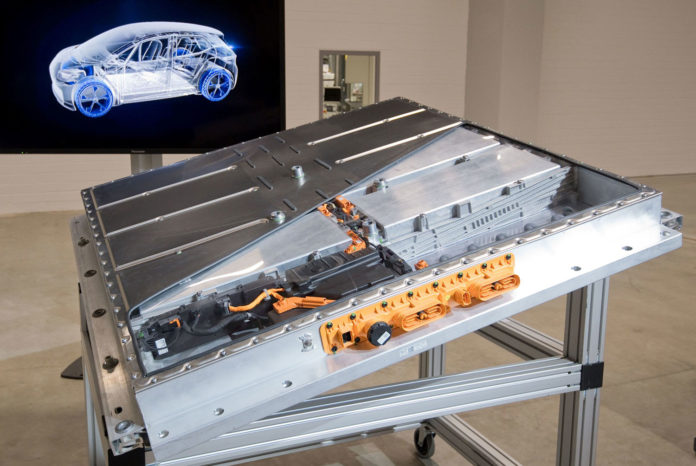The lithium-ion battery industry grows every year. The switch to electric vehicles will further increase the production of these batteries. The rise of this technology is associated with the urgent need to develop reuse and recycling processes that avoid the mounting piles of batteries that have reached the end of their lives.
Oak Ridge National Laboratory engineers have developed a robotic disassembly system for used electric vehicle battery packs to safely and efficiently recycle and reuse critical materials while reducing toxic waste. The robots can accelerate disassembly and make the process safer for workers while greatly increasing throughput.
Today, only a small percentage of the used batteries from electric vehicles are recycled, and the majority of the processes used to do so are not automated. Whether a recycler simply wants to get through the outer housing to access batteries and replace worn components or completely recycle battery stacks for recovery of cobalt, lithium, metal foils, and other materials, the human operators must undertake an exacting, lengthy process to discharge used batteries before breaking them down manually. This exposes human workers to toxic chemicals found inside the batteries and high power levels that are approaching the 900-volt level in some newer vehicles.
But the development of ORNL engineers should solve these problems. The automated system, originally intended for extracting rare-earth magnets from old hard drives, is capable of disassembling even a charged battery.
It can be easily reconfigured to any type of battery stack, swiftly removing bolts and other housing regardless of any remaining charge. “With our system, when the robot picks up the battery pack and puts it on the production line, it marks the last time a human will touch it until it’s in pieces and parts,” said Tim McIntyre, principal investigator in ORNL’s Electrification and Energy Infrastructures Division.
The automated system can disassemble the batteries down to the cell level, separating different materials for recoveries, such as rare earth magnets, copper, steel, and intact power electronics. Also, it can extract individual battery modules to be refurbished and reused in energy storage systems.
The researchers estimated that in the time it takes in some processes to disassemble 12 battery stacks by hand, the automated system could handle 100 or more.
“Industry is not limited on the amount of batteries they can take into this process. There is a significant backlog already accumulated. The limiting factor is the time it takes to perform the electrical discharge and perform disassembly manually,” said ORNL project team member Jonathan Harter.
The next step could be building up the robotic disassembly system to tackle commercial quantities of spent batteries. The team will also see opportunities to apply the same kind of disassembly system to electric vehicle drivetrains, which also contain valuable materials.
“Automatic disassembly of components containing critical materials not only eliminates labor-intensive manual disassembly but provides for an efficient process to separate the components into higher value streams where the critical materials are concentrated into individual feedstocks for recycling processing,” said CMI Director Tom Lograsso. “This added value is an important part of establishing an economically viable process.”
